Can an Air Mattress Have Dust Mites?
Air mattresses are a convenient and portable bedding option for many people. They are often used for camping, travel, or as a temporary bedding solution. However, just like any other piece of furniture, air mattresses can be a breeding ground for dust mites. These tiny pests are not only a nuisance, but they can also cause allergic reactions and respiratory problems. In this article, we will explore whether air mattresses can have dust mites and how to prevent and get rid of them.
How to Prevent Dust Mites on an Air Mattress
Dust mites thrive in warm, humid environments, making air mattresses an ideal place for them to live and reproduce. To prevent dust mites from infesting your air mattress, there are a few steps you can take.
1. Use a Dust Mite Proof Cover: Covering your air mattress with a dust mite proof cover can prevent them from getting inside and laying eggs. These covers are made of tightly woven fabric that blocks dust mites and their allergens.
2. Wash Bedding Regularly: Dust mites feed on dead skin cells shed by humans, so it is essential to wash your bedding regularly. This includes sheets, blankets, and pillowcases used on the air mattress. Use hot water and a high heat setting in the dryer to kill any dust mites.
3. Vacuum the Mattress: Vacuuming your air mattress regularly can help remove any dust mites and their droppings. Make sure to use a vacuum with a HEPA filter for the best results.
Do Air Mattresses Attract Dust Mites?
Air mattresses are not inherently more attractive to dust mites than traditional mattresses. However, they can become a breeding ground for dust mites if not properly maintained. As mentioned earlier, dust mites thrive in warm and humid environments, so if your air mattress is not cleaned and dried regularly, it can become an ideal place for them to live.
Signs of Dust Mites in an Air Mattress
It can be challenging to spot dust mites with the naked eye, but there are a few signs that they may be present on your air mattress.
1. Allergic Reactions: If you start experiencing sneezing, stuffy nose, or itchy eyes after sleeping on your air mattress, it could be a sign of dust mite allergies.
2. Visible Stains or Spots: Dust mite droppings can leave behind visible stains or spots on your air mattress. If you notice these, it is a clear indication of a dust mite infestation.
3. Musty Odor: Dust mites produce waste that can emit a musty, unpleasant odor. If you notice a musty smell coming from your air mattress, it could be a sign of dust mites.
How to Clean an Air Mattress to Remove Dust Mites
If you suspect that your air mattress has dust mites, the best course of action is to clean it thoroughly. Here are the steps to follow:
1. Vacuum the Mattress: Using a vacuum with a HEPA filter, thoroughly vacuum the surface of the air mattress to remove any dust mites and their droppings.
2. Spot Clean Stains: If you notice any visible stains, spot clean them using a mixture of water and enzyme-based cleaner. This will help break down any dust mite droppings and remove them from the mattress.
3. Sanitize with Steam: Using a handheld steam cleaner, go over the entire surface of the air mattress. The high temperature of the steam will kill any remaining dust mites and their eggs.
4. Air Dry: Let the air mattress air dry completely before putting on clean bedding and using it again. This will prevent any moisture from getting trapped and creating a favorable environment for dust mites.
Are There Hypoallergenic Air Mattresses for Dust Mite Allergies?
If you suffer from dust mite allergies, you may be wondering if there are hypoallergenic air mattresses available. The good news is, there are air mattresses specifically designed to be hypoallergenic and resistant to dust mites. Look for mattresses made of natural materials such as latex, bamboo, or organic cotton. These materials are less likely to attract dust mites and are also more breathable, reducing the risk of moisture build-up.
Can Dust Mites Live in an Air Mattress?
Unfortunately, the answer is yes. Dust mites can live in any material that contains human skin cells, and air mattresses are no exception. However, by regularly cleaning and maintaining your air mattress, you can significantly reduce the chances of a dust mite infestation.
How to Get Rid of Dust Mites in an Air Mattress
If you have a dust mite infestation on your air mattress, there are a few steps you can take to get rid of them.
1. Clean the Mattress: Follow the steps outlined above for cleaning an air mattress to remove dust mites.
2. Use a Dust Mite Spray: There are dust mite sprays available that can help kill and repel dust mites. Look for ones that contain essential oils known for their dust mite repellent properties.
3. Freeze the Mattress: If you have enough space, you can try freezing your air mattress to kill dust mites. Place the mattress in a large plastic bag and put it in the freezer for at least 24 hours. This will kill any dust mites and their eggs.
Best Air Mattresses for Dust Mite Prevention
If you are in the market for a new air mattress and want to prevent dust mites, here are some options to consider:
1. Intex Dura-Beam Standard Series Essential Rest Airbed: This air mattress is made with a vinyl material that is resistant to dust mites and can be easily cleaned.
2. SoundAsleep Dream Series Air Mattress: This mattress has a waterproof top layer that is also hypoallergenic and resistant to dust mites.
3. King Koil Luxury Raised Air Mattress: Made with a soft flocking material, this air mattress is hypoallergenic and resistant to dust mites.
How Often Should You Replace an Air Mattress to Avoid Dust Mites?
The lifespan of an air mattress can vary depending on usage and maintenance. However, to avoid dust mites, it is recommended to replace your air mattress every few years. Regularly cleaning and maintaining it can also help extend its lifespan and prevent dust mite infestations.
In conclusion, air mattresses can indeed have dust mites, but with proper maintenance and cleaning, you can prevent and get rid of them. Investing in a dust mite proof cover and regularly washing your bedding can go a long way in keeping your air mattress dust mite-free. If you have severe allergies, consider opting for a hypoallergenic air mattress to avoid any potential problems. Remember to clean and replace your air mattress regularly to ensure a clean and healthy sleeping environment.
How Dust Mites Can Affect Your Air Mattress

The Hidden Dangers Lurking in Your Bedroom
 Many people are aware of the common household allergens such as pollen, pet dander, and mold. However, not many people are familiar with
dust mites
and the impact they can have on our health. These microscopic creatures are found in every home, and they thrive in warm, humid environments.
Air mattresses
can be the perfect breeding ground for dust mites, making them a potential health hazard.
Many people are aware of the common household allergens such as pollen, pet dander, and mold. However, not many people are familiar with
dust mites
and the impact they can have on our health. These microscopic creatures are found in every home, and they thrive in warm, humid environments.
Air mattresses
can be the perfect breeding ground for dust mites, making them a potential health hazard.
The Connection between Dust Mites and Air Mattresses
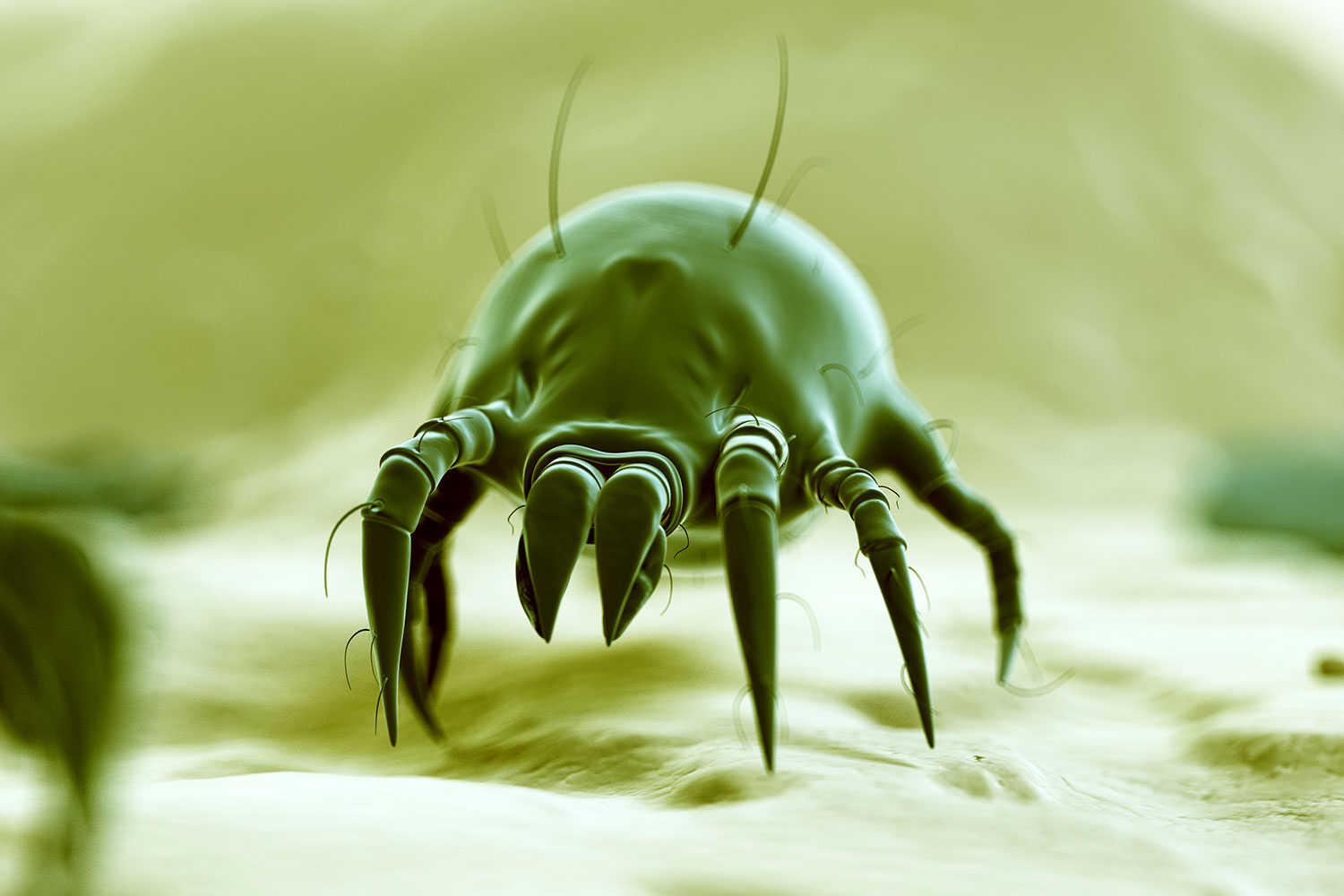 One of the main reasons
dust mites
love to make their home in
air mattresses
is because of the warm and moist environment they provide. When we sleep, our bodies release moisture and heat, creating the perfect conditions for dust mites to thrive. As we toss and turn on our
air mattresses
, we disturb the dust mites, causing them to release their feces and body parts into the air, which we then inhale.
One of the main reasons
dust mites
love to make their home in
air mattresses
is because of the warm and moist environment they provide. When we sleep, our bodies release moisture and heat, creating the perfect conditions for dust mites to thrive. As we toss and turn on our
air mattresses
, we disturb the dust mites, causing them to release their feces and body parts into the air, which we then inhale.
The Health Risks of Dust Mites in Your Air Mattress
 While dust mites themselves are not harmful, their feces contain proteins that can trigger allergic reactions in some people. These reactions can range from mild symptoms like sneezing and coughing to more severe conditions like asthma and eczema. The constant exposure to dust mites in your
air mattress
can also lead to chronic inflammation in the respiratory system, making it more susceptible to other illnesses.
While dust mites themselves are not harmful, their feces contain proteins that can trigger allergic reactions in some people. These reactions can range from mild symptoms like sneezing and coughing to more severe conditions like asthma and eczema. The constant exposure to dust mites in your
air mattress
can also lead to chronic inflammation in the respiratory system, making it more susceptible to other illnesses.
How to Protect Yourself from Dust Mites in Your Air Mattress
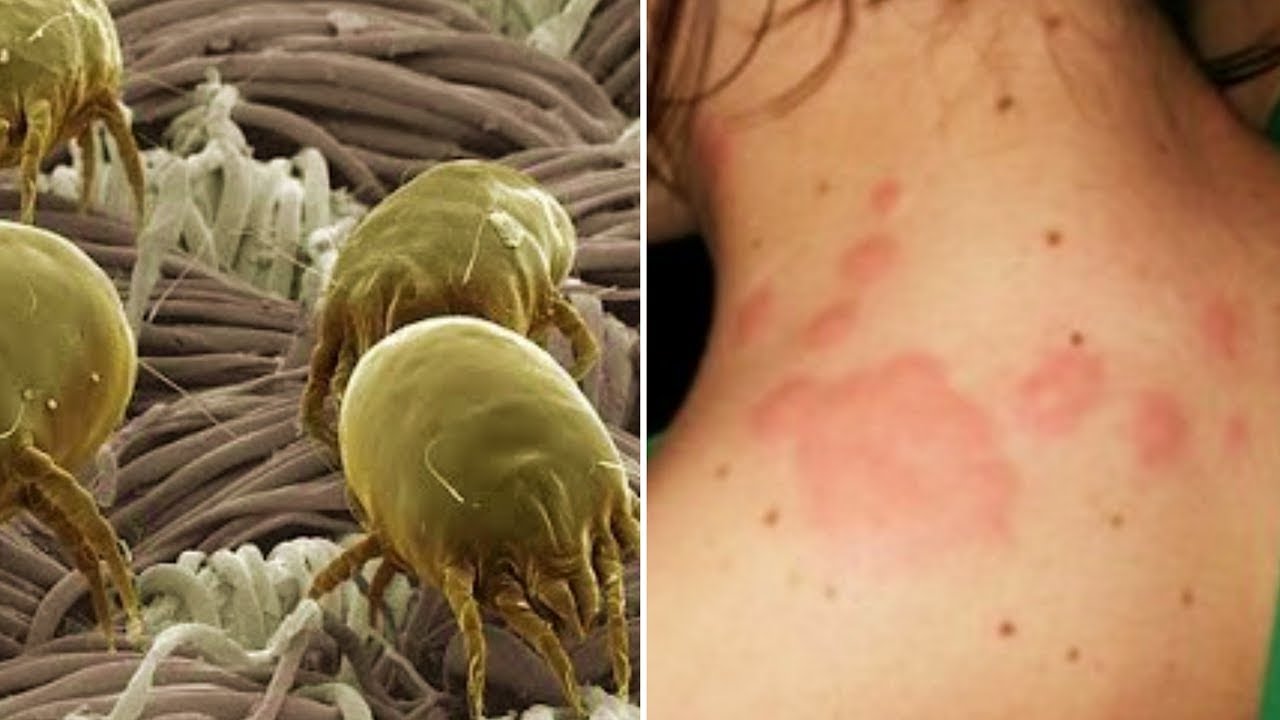 The good news is that there are ways to reduce the number of dust mites in your
air mattress
and minimize their impact on your health. Regularly washing your bedding and vacuuming your mattress can help remove dust mites and their allergens. You can also invest in
dust mite-proof
mattress covers and encasements to create a barrier between you and the dust mites.
The good news is that there are ways to reduce the number of dust mites in your
air mattress
and minimize their impact on your health. Regularly washing your bedding and vacuuming your mattress can help remove dust mites and their allergens. You can also invest in
dust mite-proof
mattress covers and encasements to create a barrier between you and the dust mites.
Conclusion
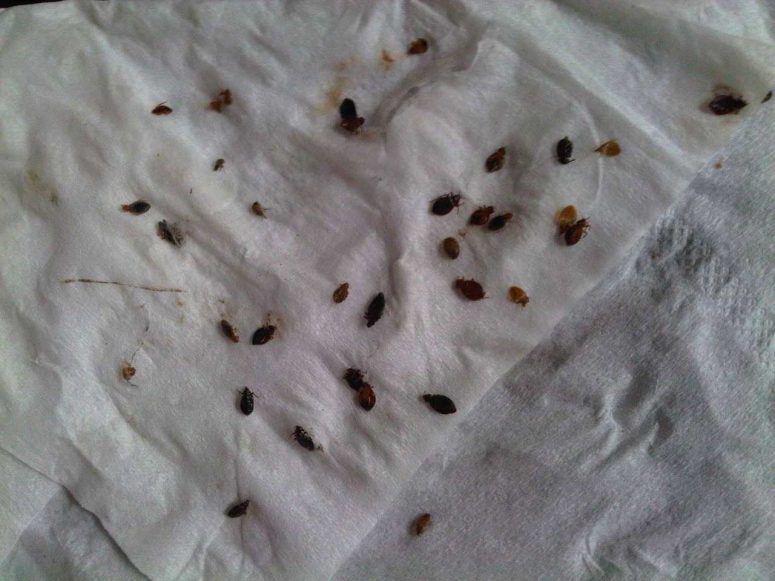 In conclusion,
dust mites
can indeed live in
air mattresses
and can pose a threat to our health. By being aware of their presence and taking preventive measures, we can reduce the risks and enjoy a healthier sleep. So the next time you're shopping for a new
air mattress
, keep in mind the potential for dust mites and choose one that is resistant to these pesky creatures. Your health will thank you.
In conclusion,
dust mites
can indeed live in
air mattresses
and can pose a threat to our health. By being aware of their presence and taking preventive measures, we can reduce the risks and enjoy a healthier sleep. So the next time you're shopping for a new
air mattress
, keep in mind the potential for dust mites and choose one that is resistant to these pesky creatures. Your health will thank you.






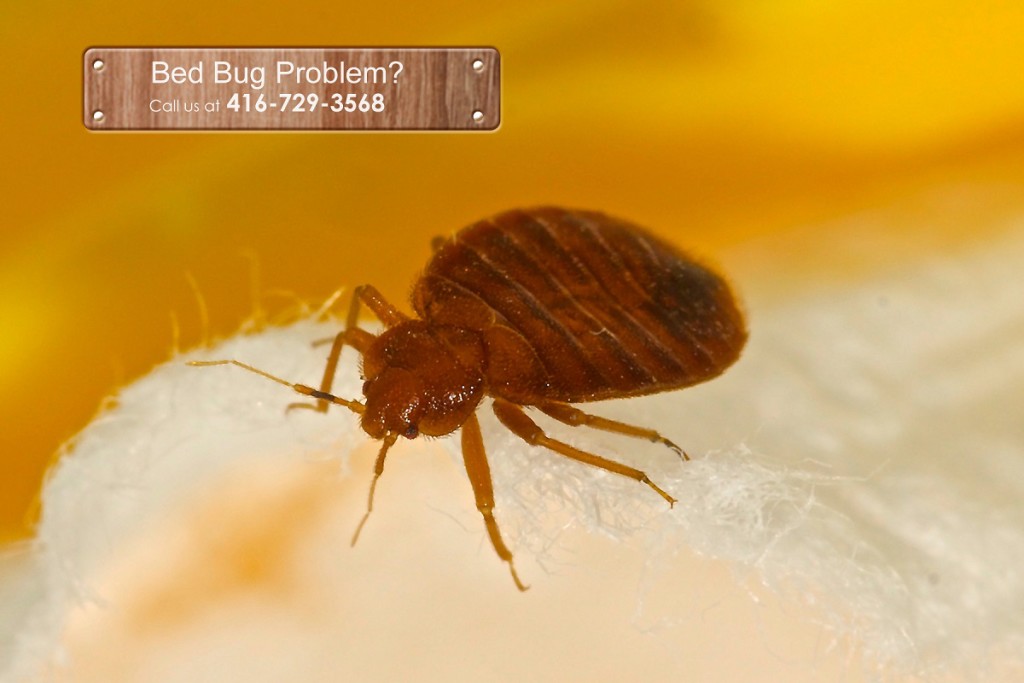




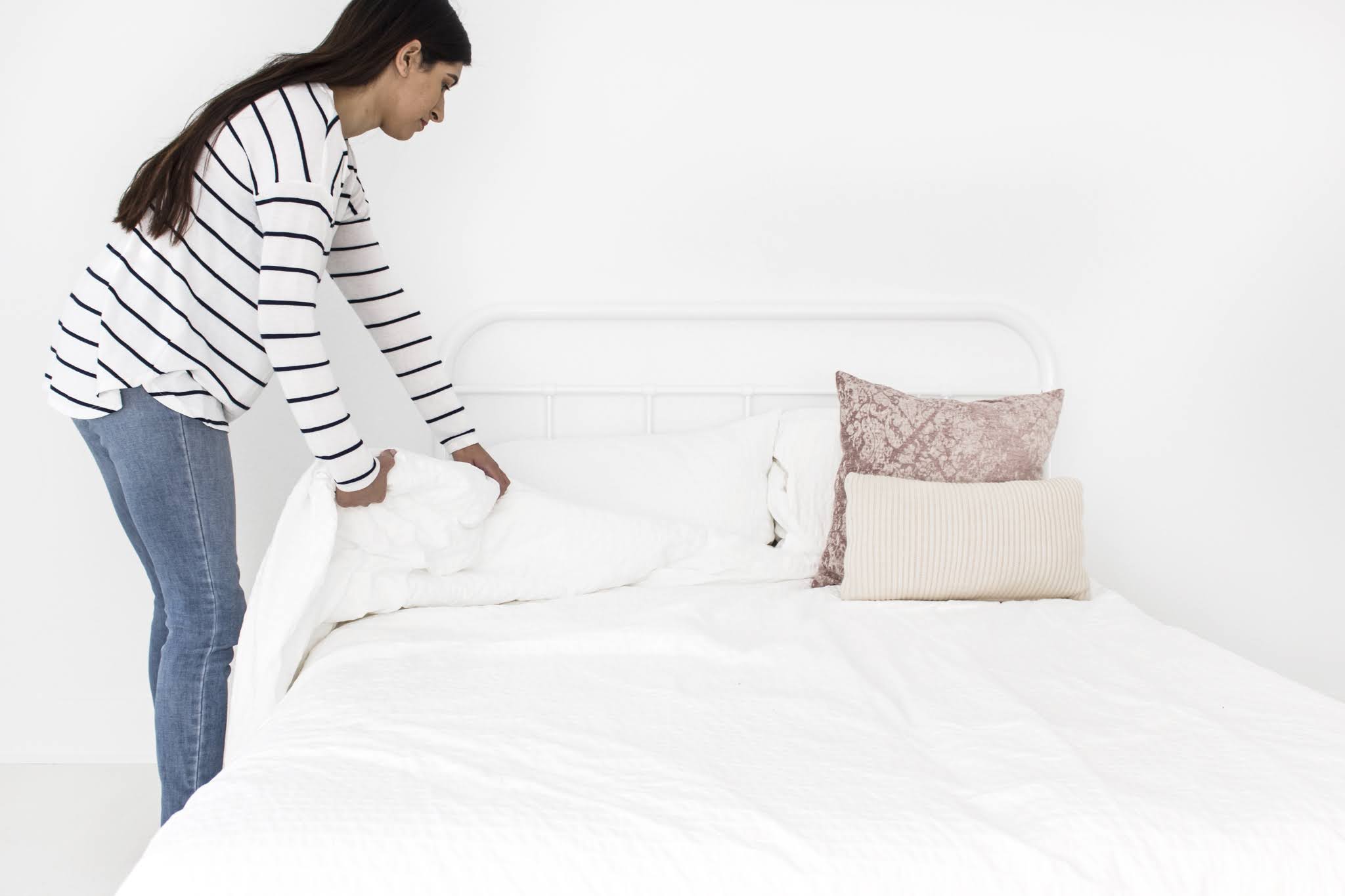
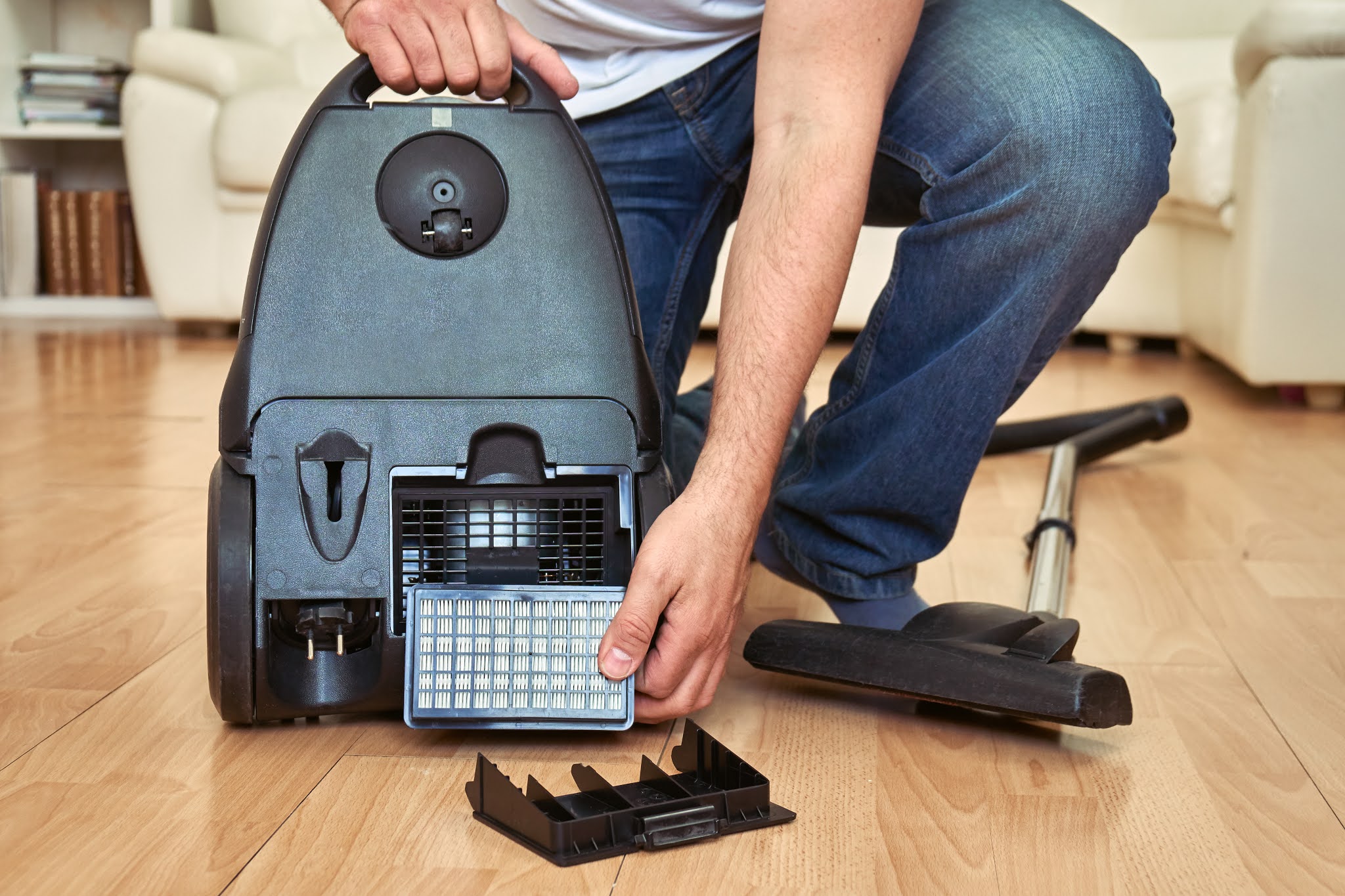

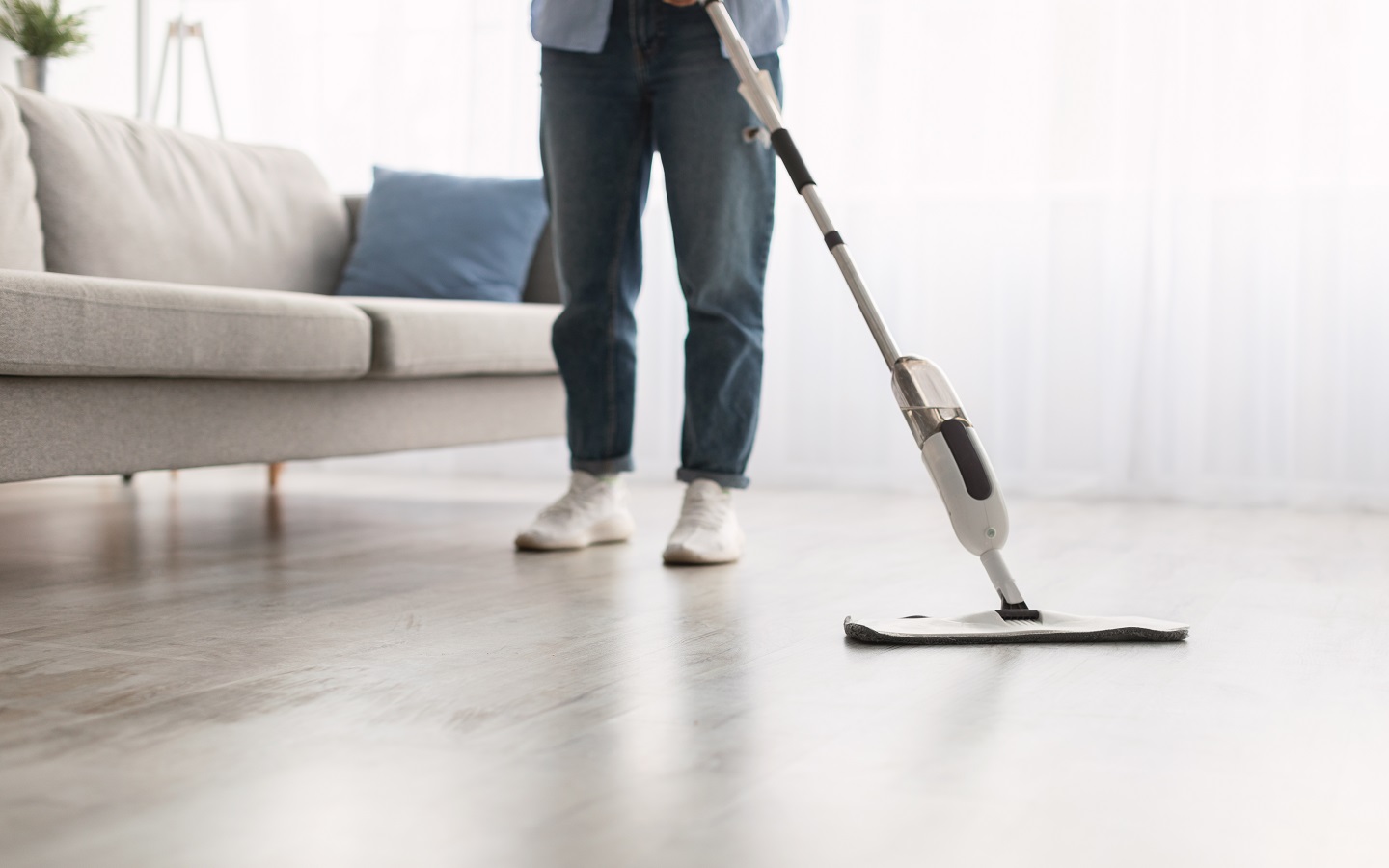
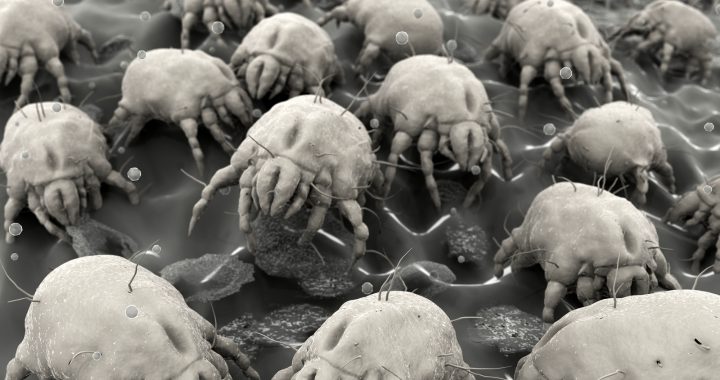




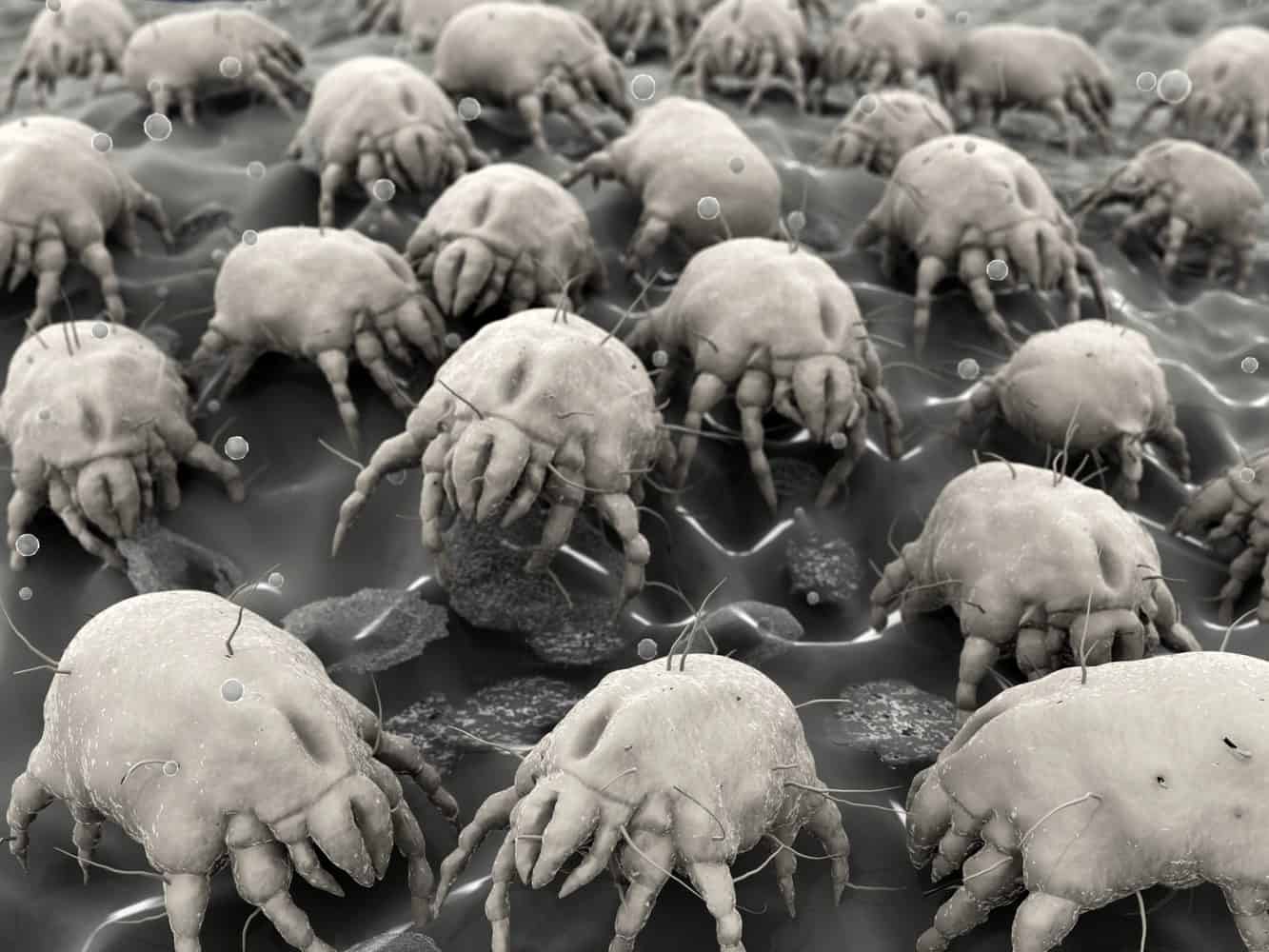

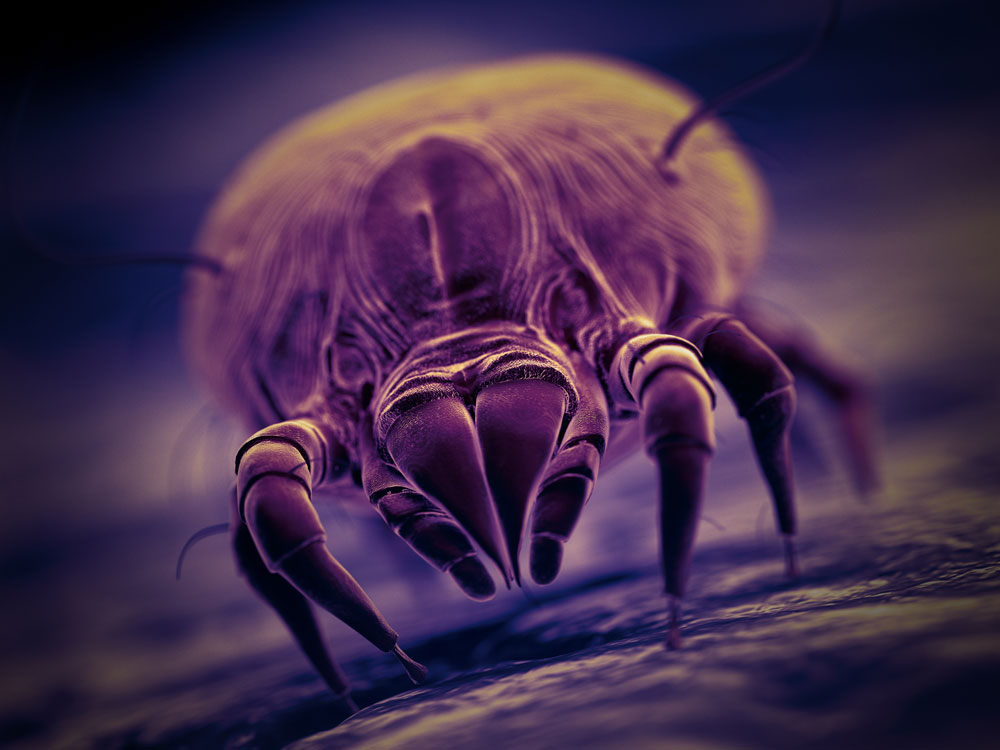


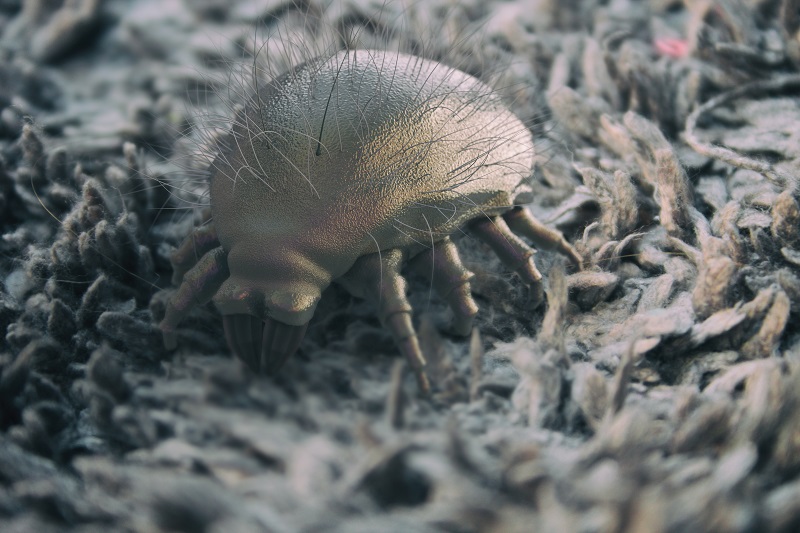








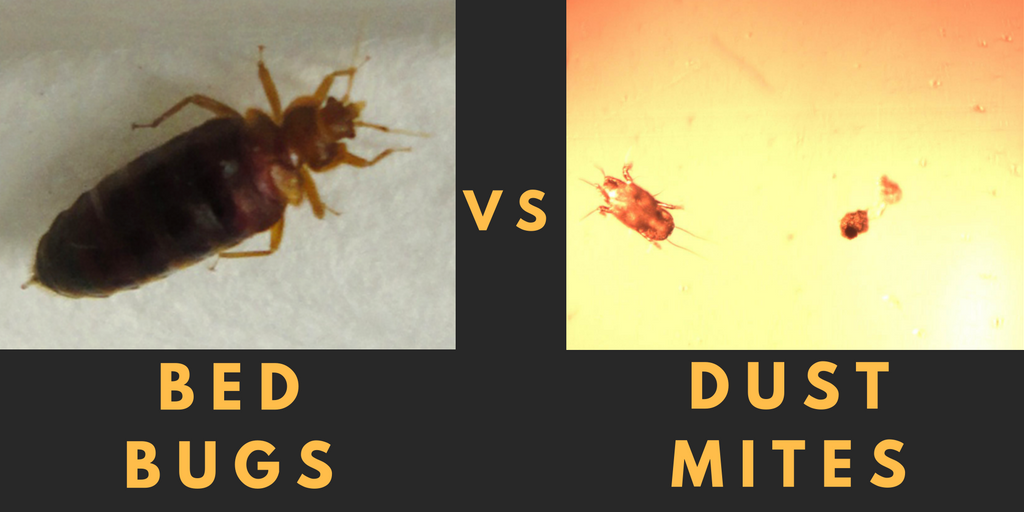


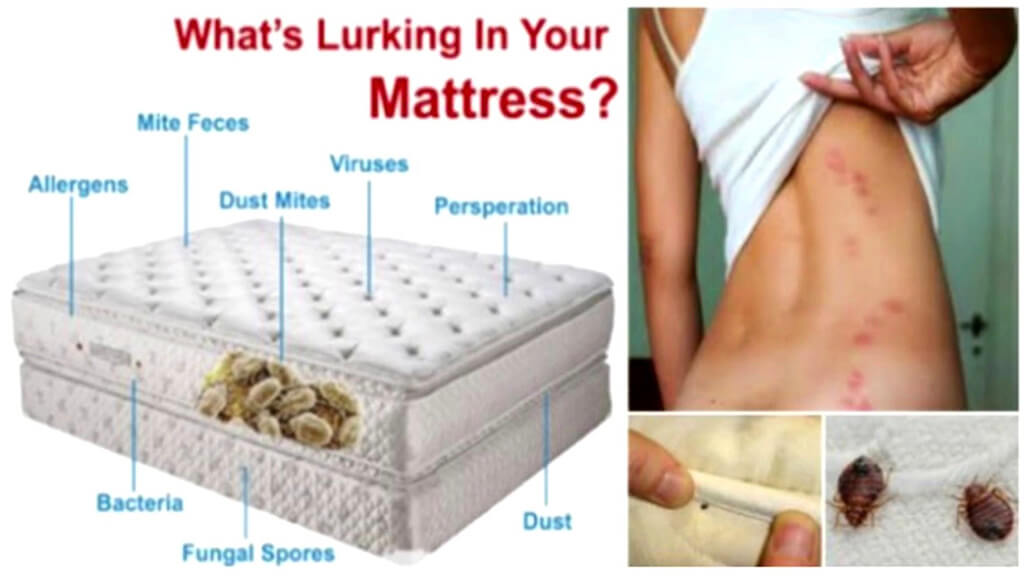
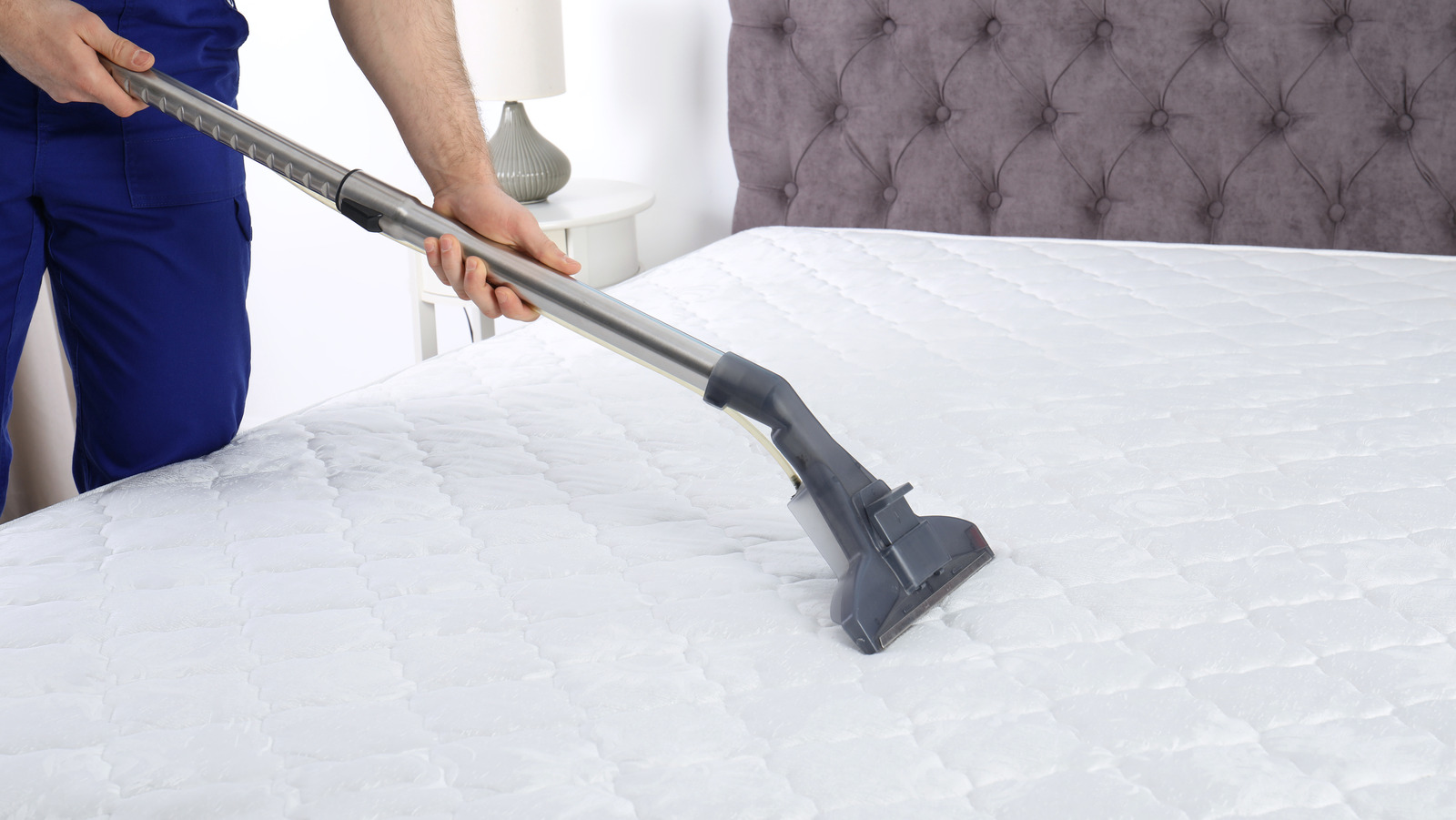




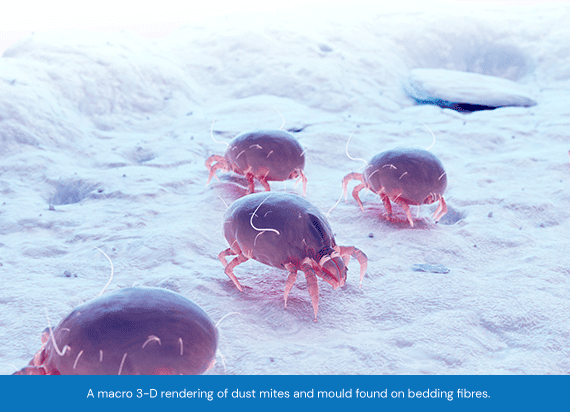





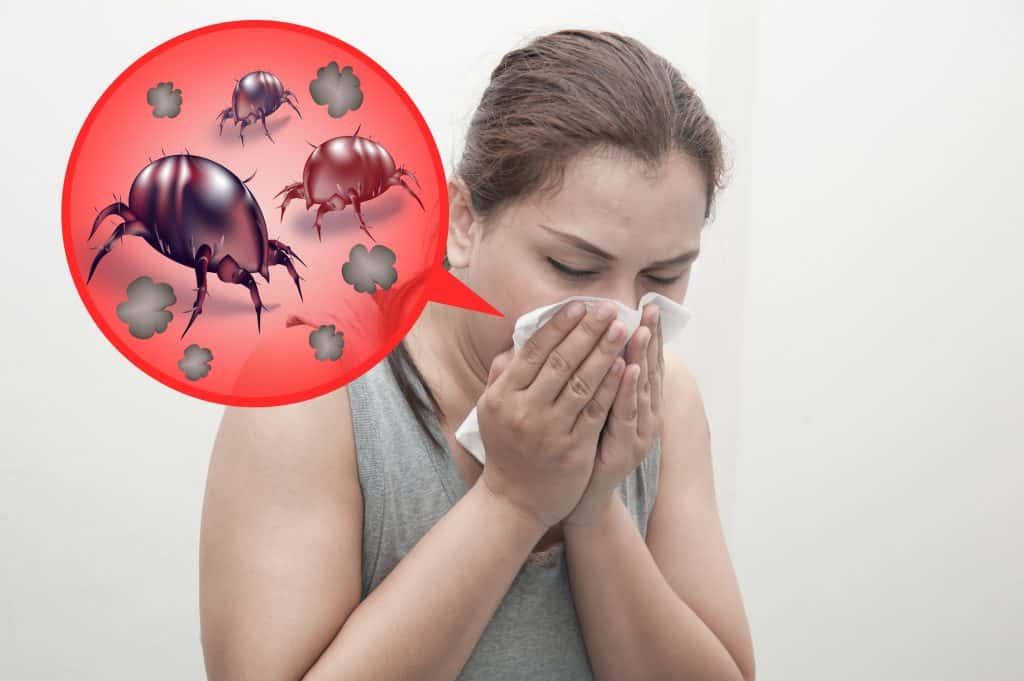

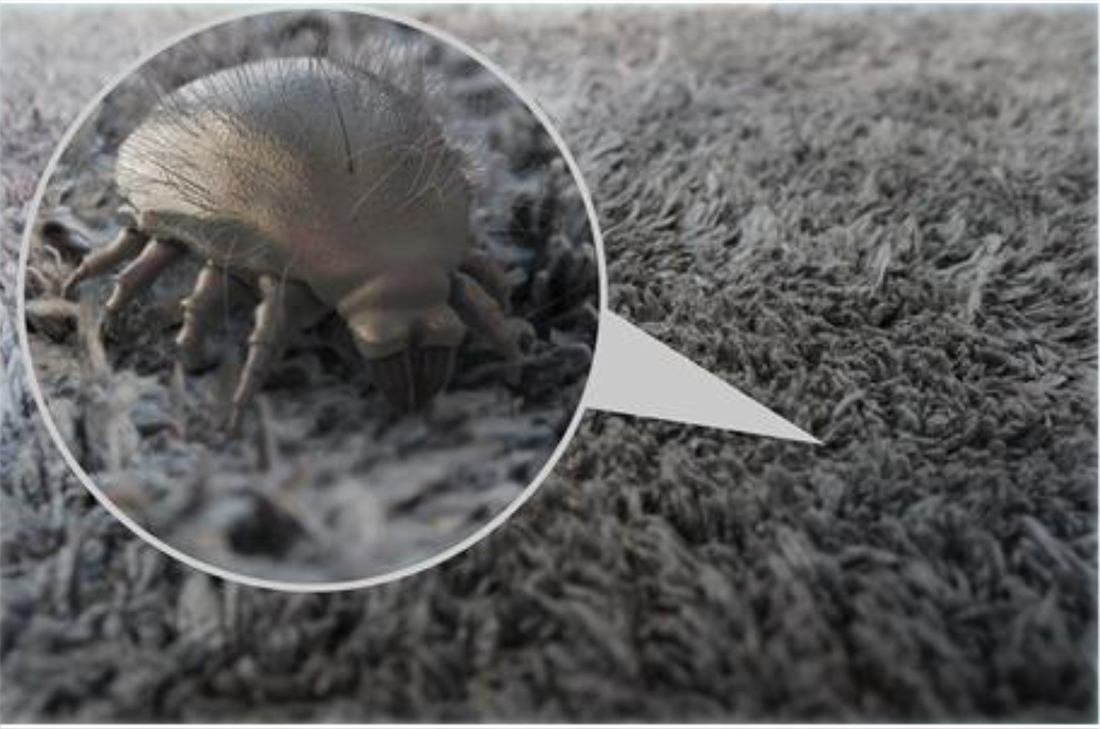





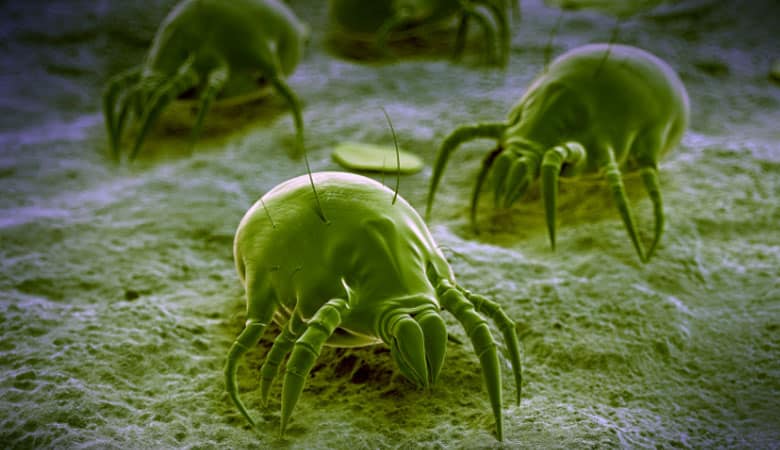
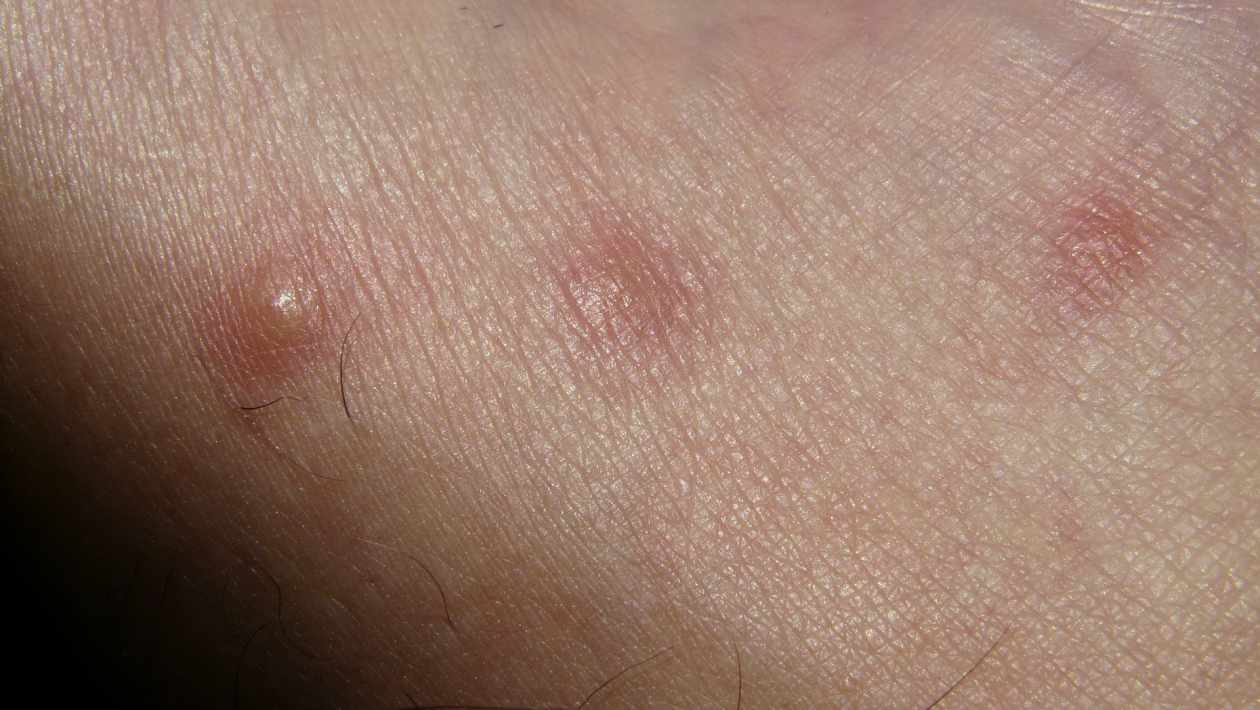
.png?sfvrsn=5c0b9a94_2)

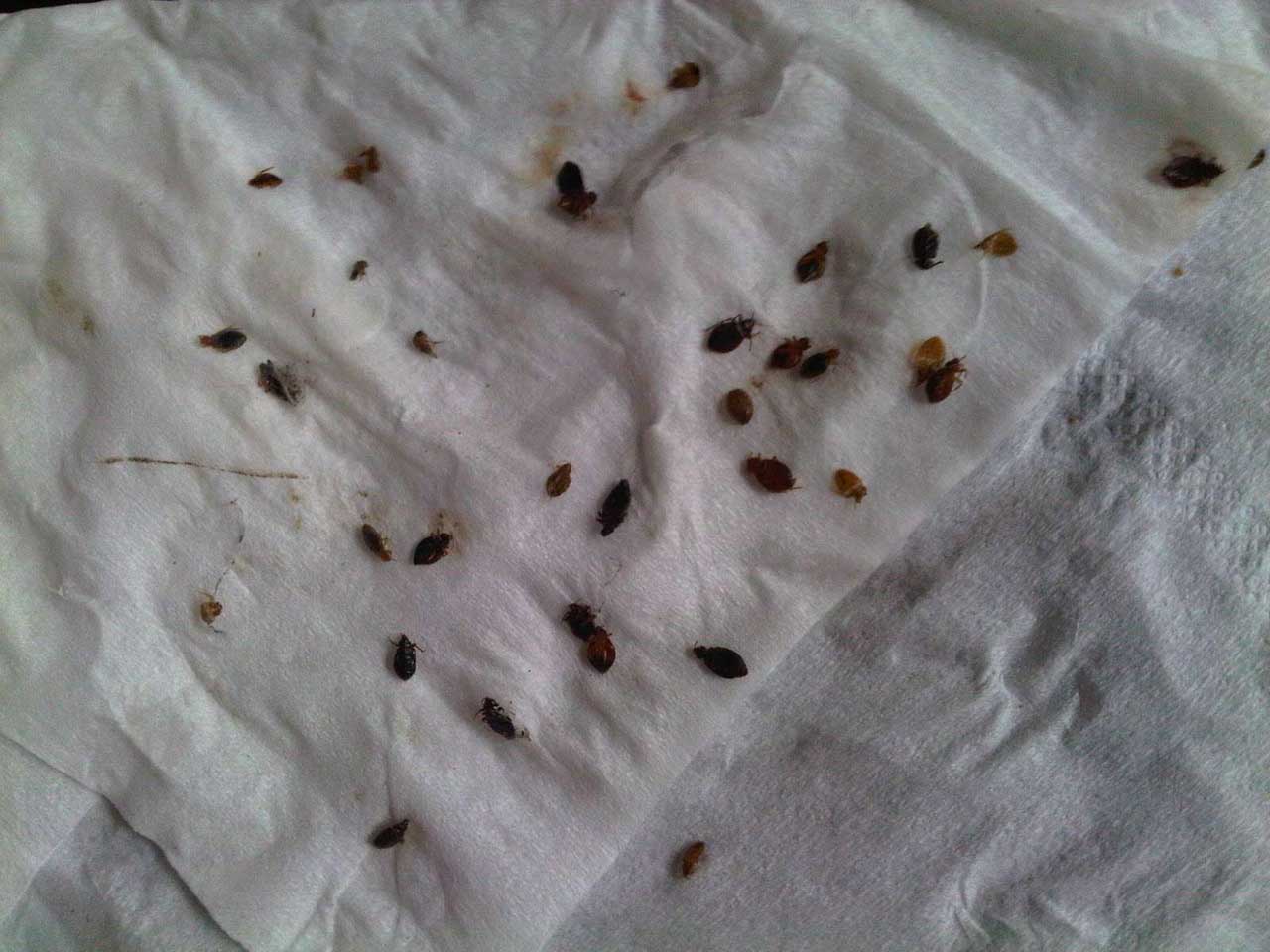



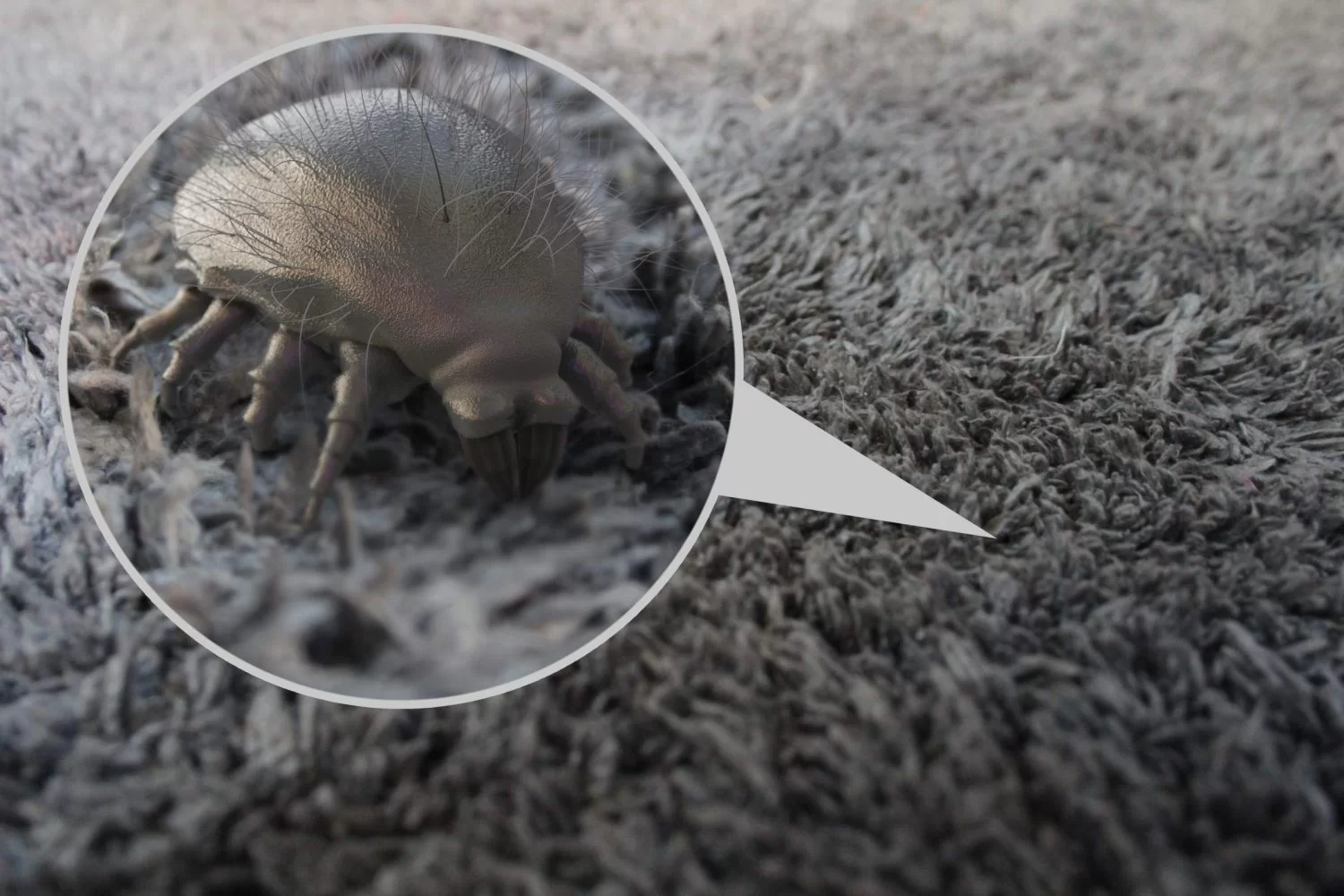
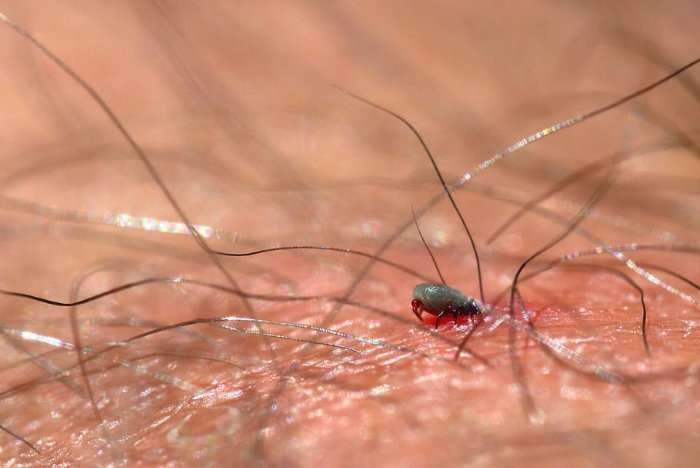

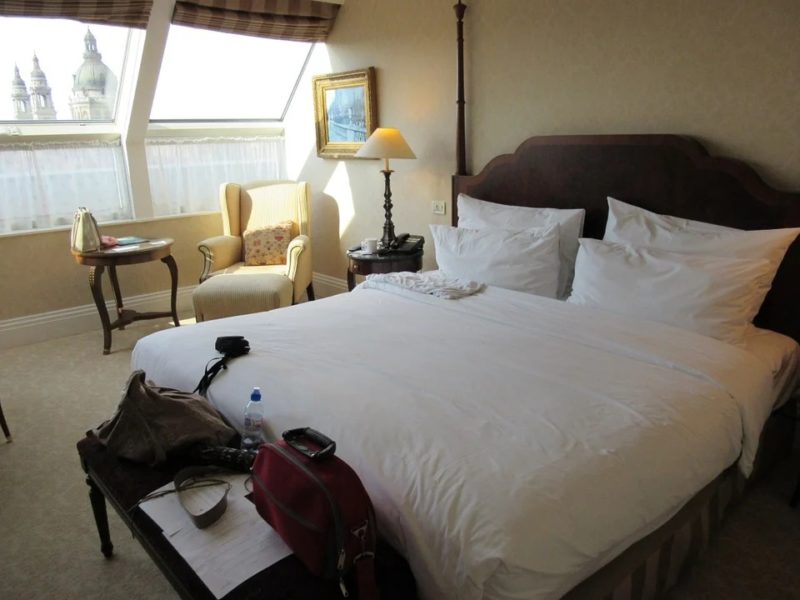

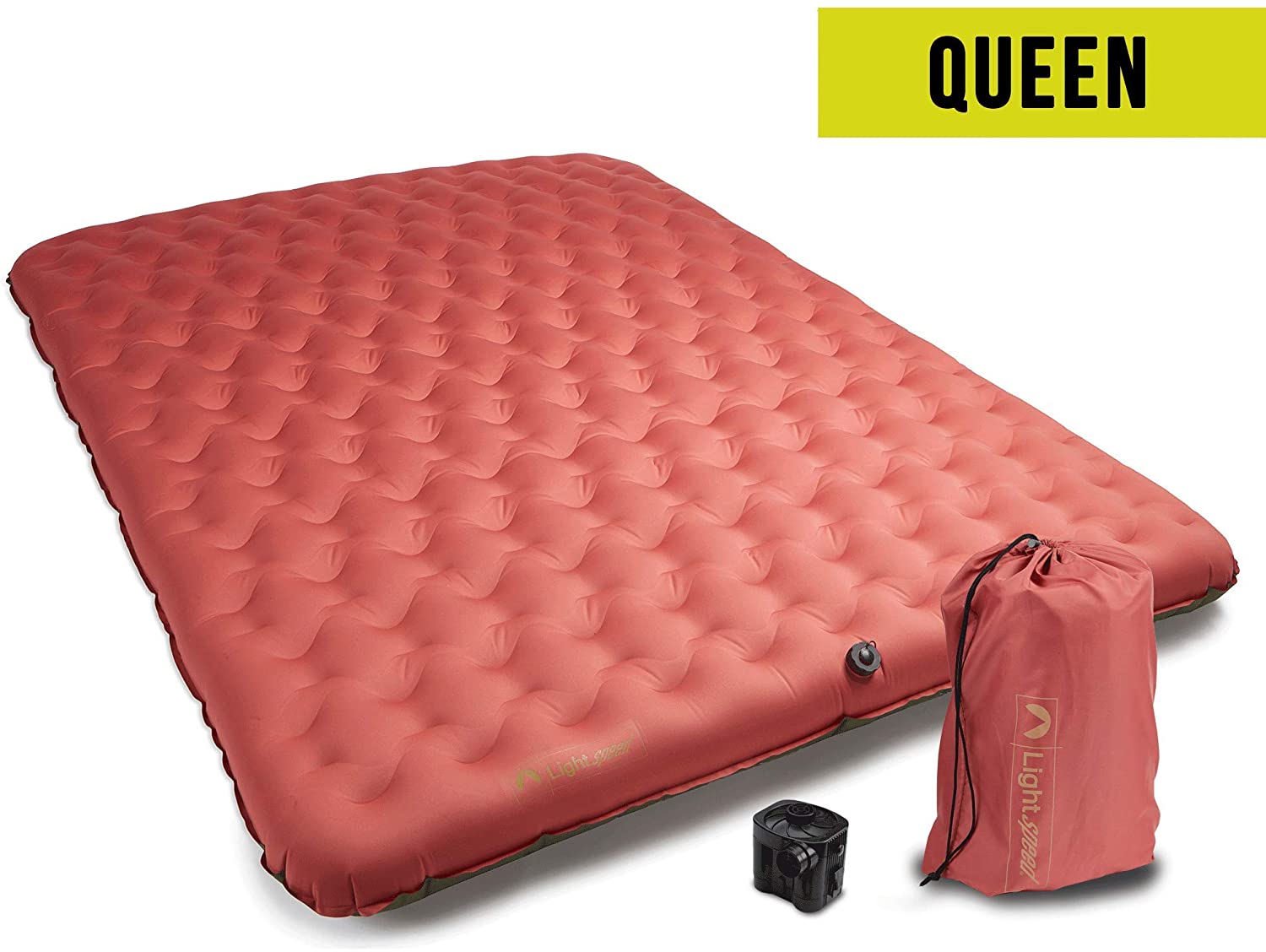


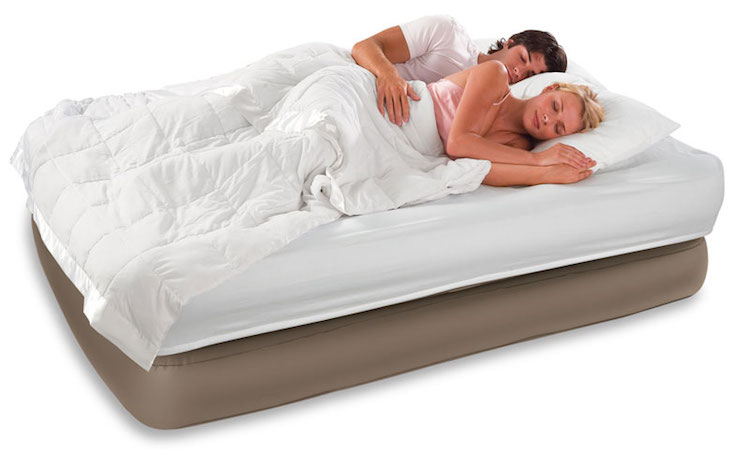

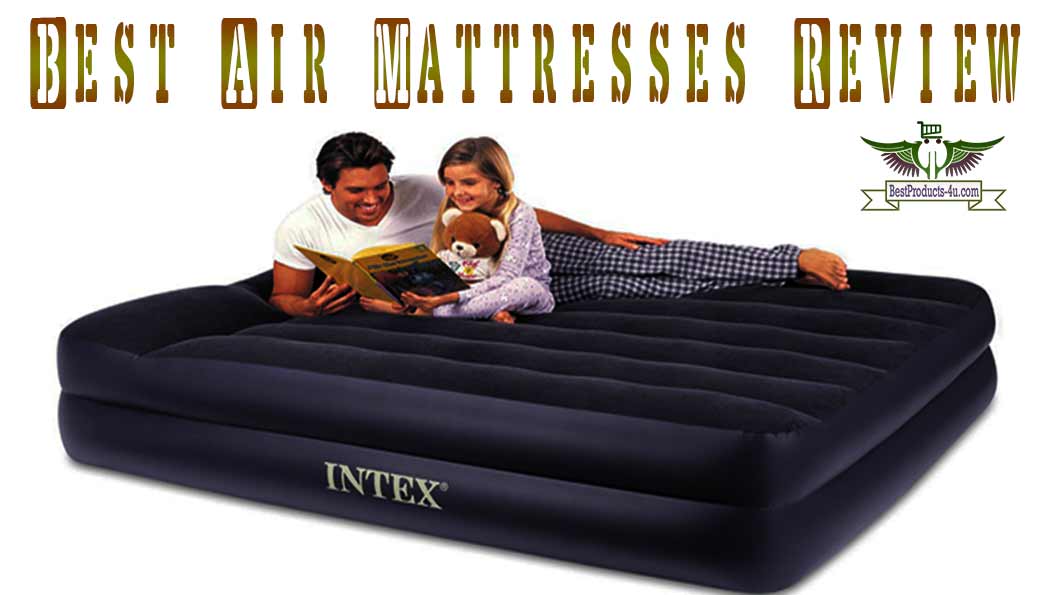

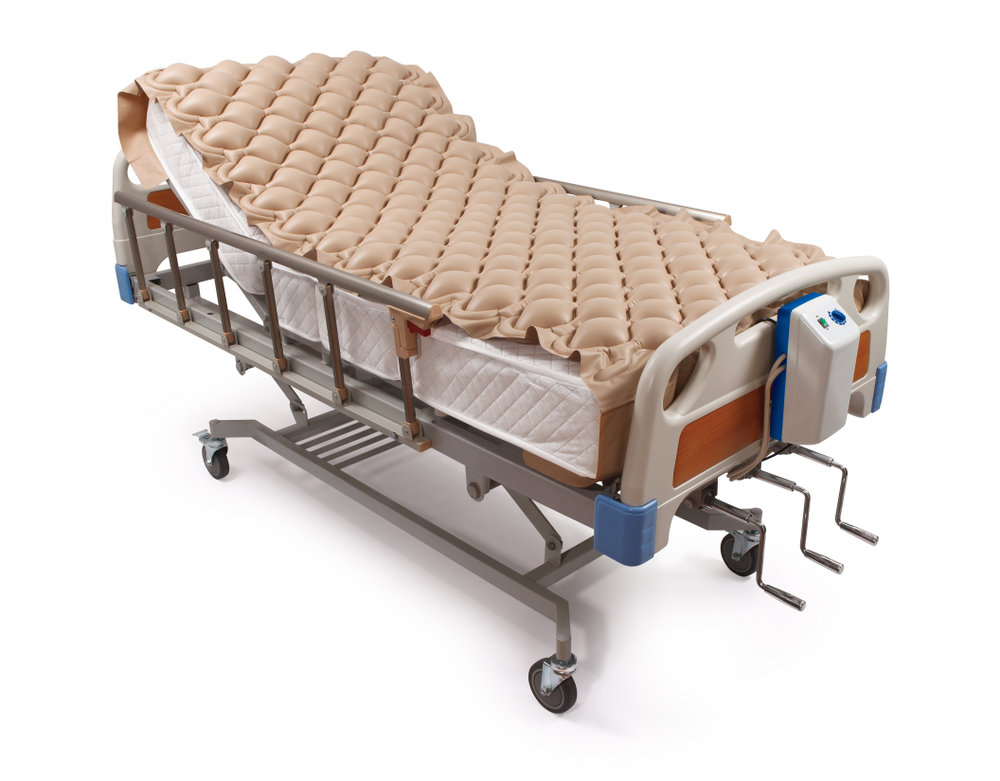
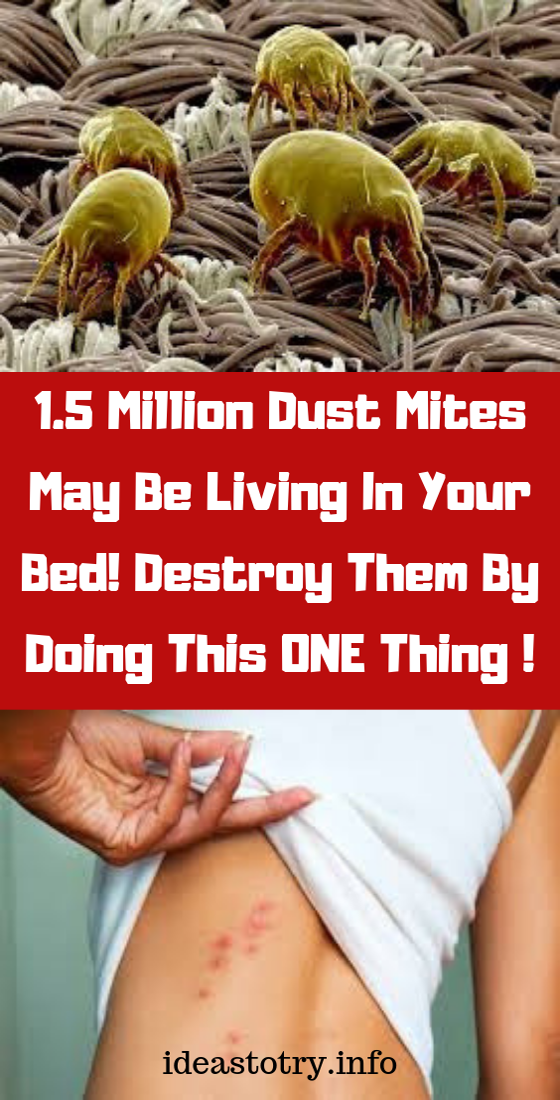
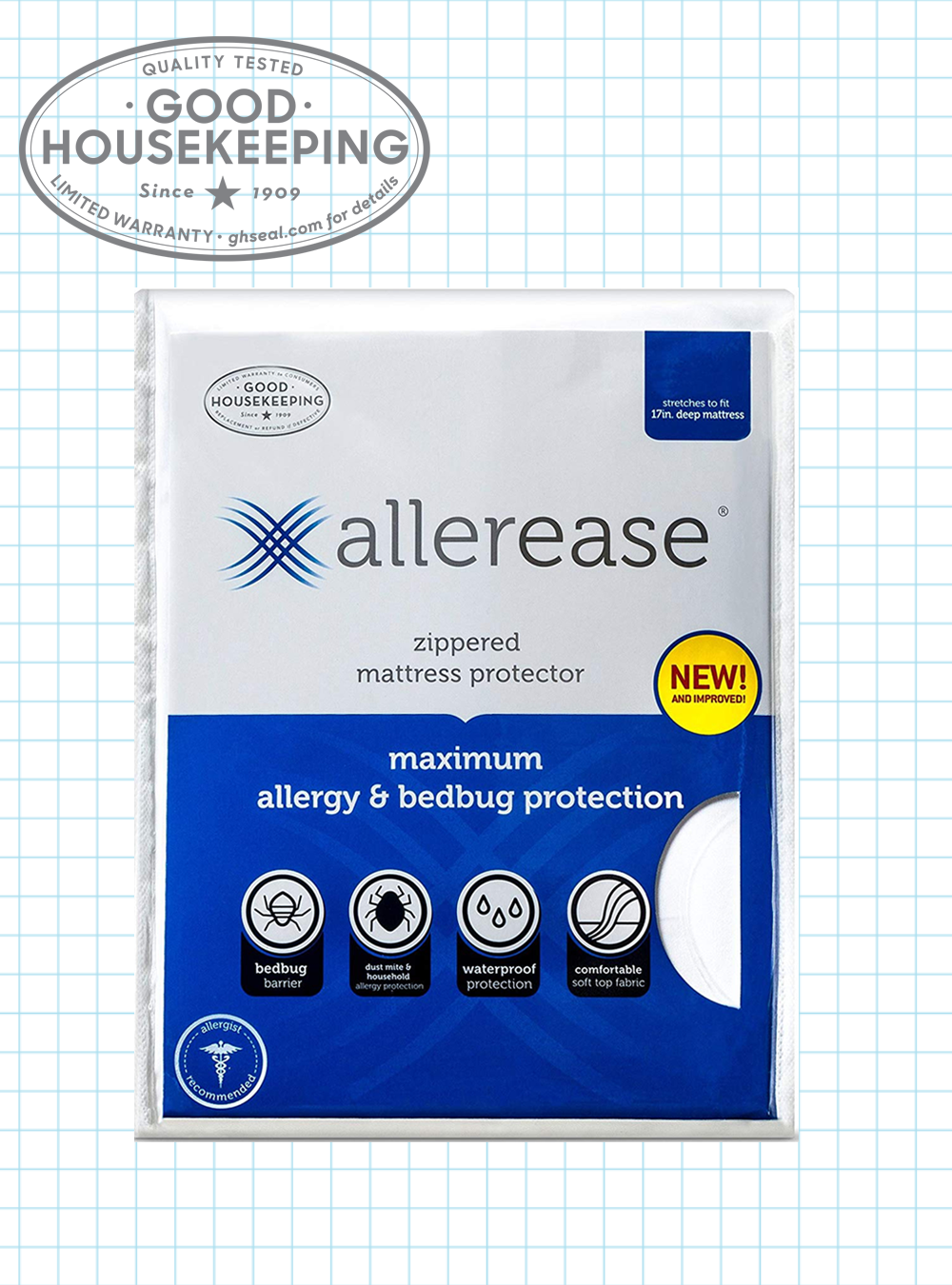

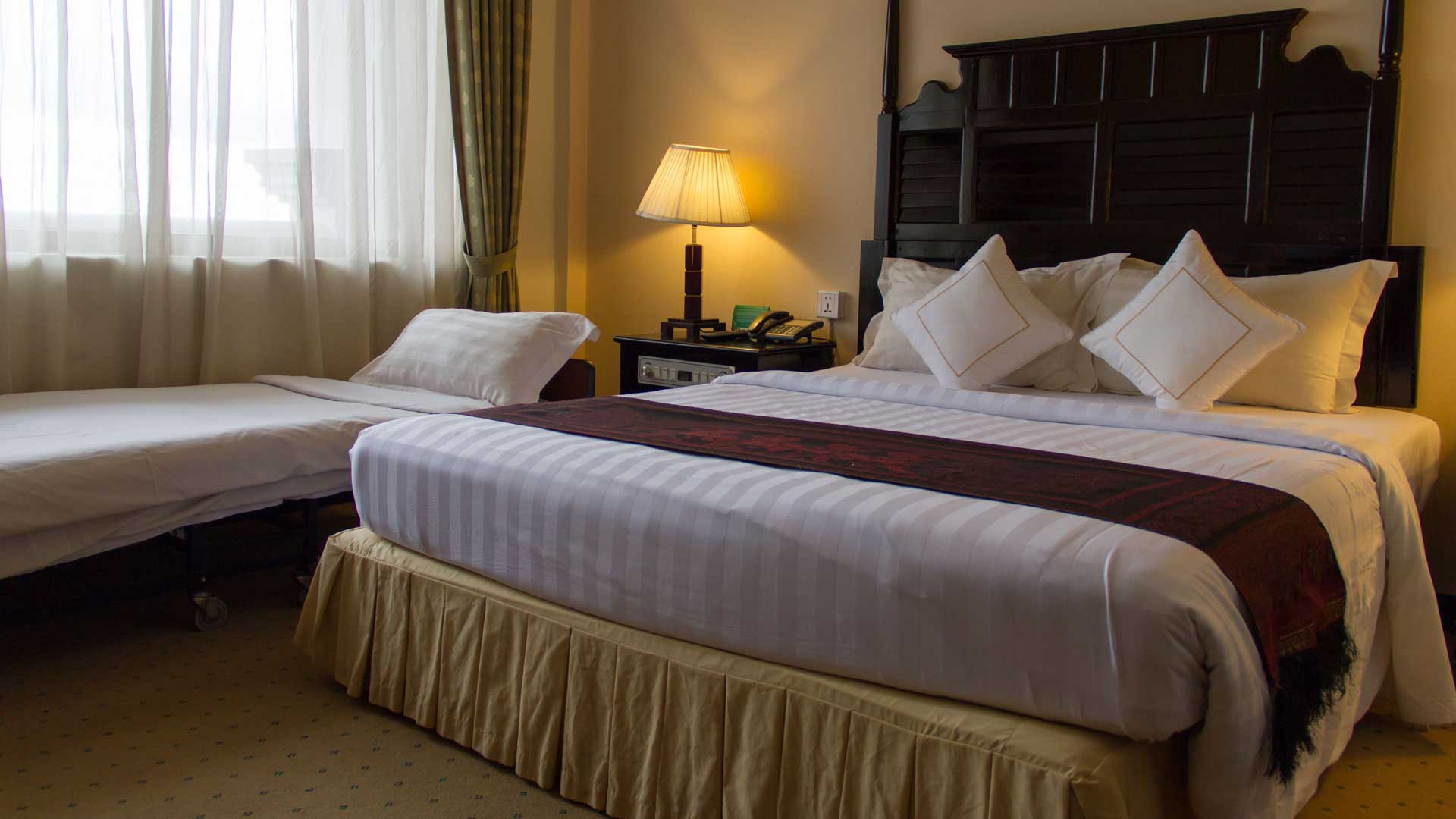
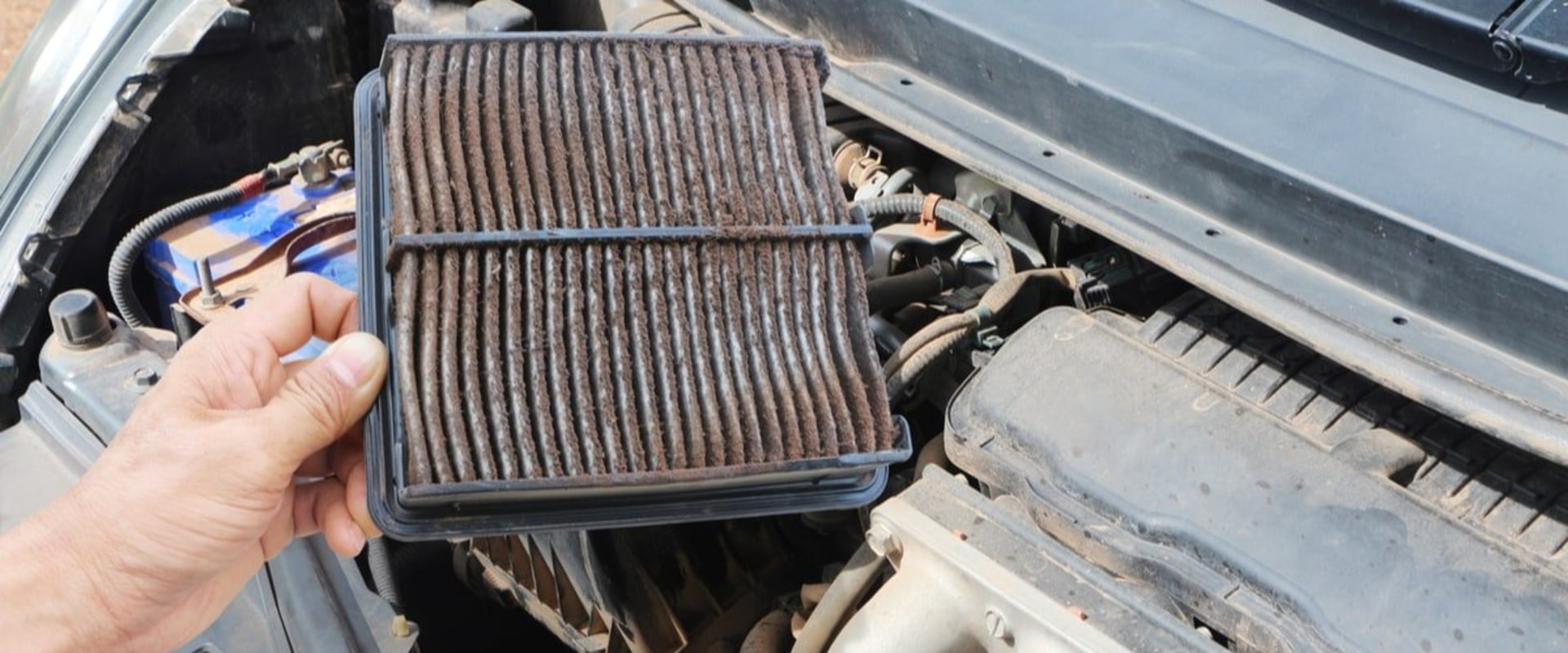








:max_bytes(150000):strip_icc()/_hero_4109254-feathertop-5c7d415346e0fb0001a5f085.jpg)

